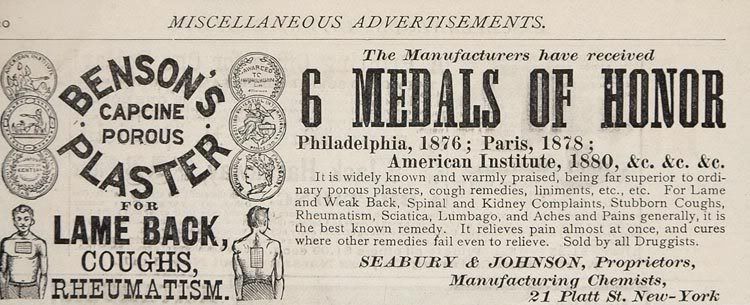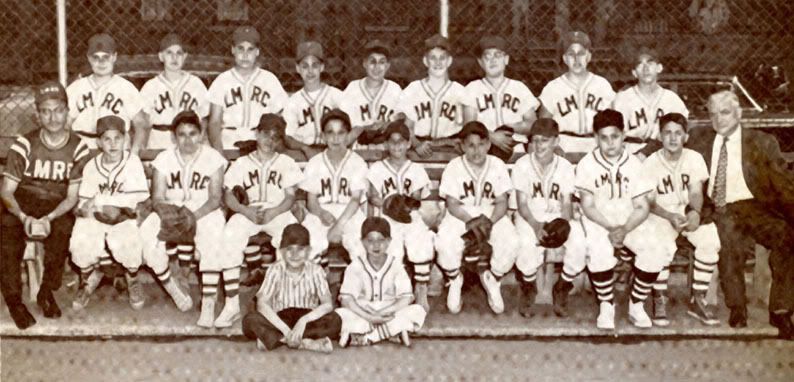In case anyone is interested in making their own
from wikipedia
Mustard plaster, also known as sinapisms, consist of a mixture of dry mustard powder and a small amount of flour, mixed with water or egg white to form a paste, and applied to the chest or abdomen to stimulate healing. In times past and present, the mixture was spread onto a cloth and applied to the chest or back. The mustard paste itself should never make contact with the skin. Applied externally, Black Mustard is used in the treatment of bronchial pneumonia and pleurisy.
Mustard oil irritates mucous membranes; therefore, excessive internal use has been known to cause stomach problems and kidney irritation[citation needed]. Breathing the vapors of a mustard plaster can trigger sneezing, coughing, asthma attacks, and/or eye irritation. Leaving a mustard plaster on the bare skin for too long will lead to burning, blisters, or potentially even ulcers. A mustard plaster should never be left on for longer than 30 minutes. The actual mustard paste never comes in direct contact with the skin, just the cloth on which it is spread. The paste resembles the Chinese mustard sauce served with eggrolls in many American Chinese restaurants.
A typical mustard plaster recipe includes powdered mustard (amounts vary from recipe to recipe) and flour combined with water or egg white. This is then spread on a layer of cotton or flannel cloth and placed on the body. Some old sources suggest that the mustard powder be blended with egg white rather than water to prevent blistering of the skin.
Mustard plasters should not be used on children under the age of 6. Black Mustard should not be used in patients with ulcers, venous problems, or kidney disease.
Mustard plasters are common in Russia and other Post-Soviet states.It is a common belief there that mustard plasters stimulate the immune system, relieve pain and also have an anti-inflammatory effect. They are often used to treat common cold, runny nose, rheumatism and problems with the respiratory system.



























